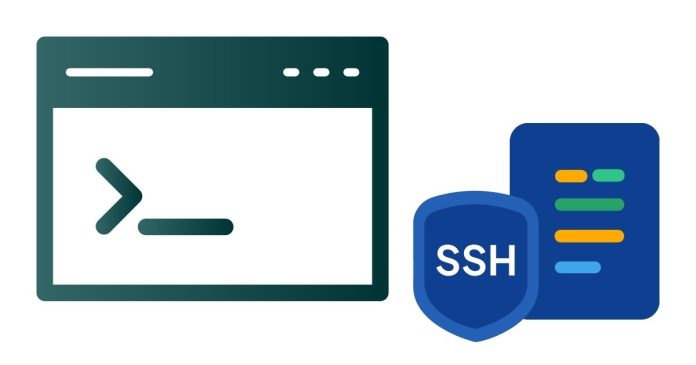If you’ve ever heard of an SSH tunnel and wondered what it is or how it works, you’re not alone. It’s one of those technical terms that might sound confusing at first, but once you break it down, it’s actually a simple and useful concept. Let’s go straight in and explain it in a straightforward way.
What is SSH?
First things first: SSH stands for Secure Shell. It’s a protocol used to securely connect to another computer over a network. When you use SSH, you’re essentially logging into another computer (usually a server) remotely. It’s widely used for managing servers and transferring files because it provides encryption, ensuring that the communication between the two systems remains private and secure.
Now, imagine you want to send sensitive data between your local computer and a server far away. Without encryption, someone could potentially intercept your data and misuse it. This is where SSH comes in – it encrypts the connection, making it secure.
So, What is an SSH Tunnel?
An SSH tunnel is a way to send network traffic securely between your local machine and a remote server. It works by “tunneling” the data through an SSH connection, making sure no one can spy on or tamper with it while it’s being sent. In simpler terms, it’s like creating a secret, encrypted path between your computer and a remote server, through which your data can travel safely.
How Does It Work?
- Establish an SSH Connection: The first step is to create an SSH connection to a remote server. Once you’re connected to the server, your computer and the server can start securely communicating.
- Forwarding Ports: In an SSH tunnel, you can forward a specific port on your local computer to a port on the remote server. Essentially, you’re telling your computer: “Anything that goes to this local port should be sent through the SSH connection to the remote server.”
- Encryption and Security: As the data travels through this tunnel, it gets encrypted. So, if someone were to intercept it, all they would see is a bunch of unreadable data. The tunnel keeps everything secure, even if you’re using a public Wi-Fi network or traveling through a less-secure environment.
Why Would You Use an SSH Tunnel?
Here are a few common use cases for SSH tunnels:
- Secure Browsing: You can use an SSH tunnel to secure your internet traffic when using untrusted networks, like public Wi-Fi. For example, if you’re working from a coffee shop, an SSH tunnel ensures that any data you send is encrypted and safe from hackers.
- Bypass Firewalls: In some cases, you might be in a situation where access to certain websites or services is blocked by a firewall (like at work or in a country with internet censorship). By creating an SSH tunnel, you can “tunnel” your traffic through a server located elsewhere, allowing you to access these services.
- Access Internal Services: Sometimes, a company or organization might have internal services (like databases or internal web applications) that are only accessible from certain locations. By setting up an SSH tunnel, you can securely access these services as if you were on the local network, even if you’re far away.
How to Set Up an SSH Tunnel?
Setting up an SSH tunnel typically involves running a command like this on your terminal:


